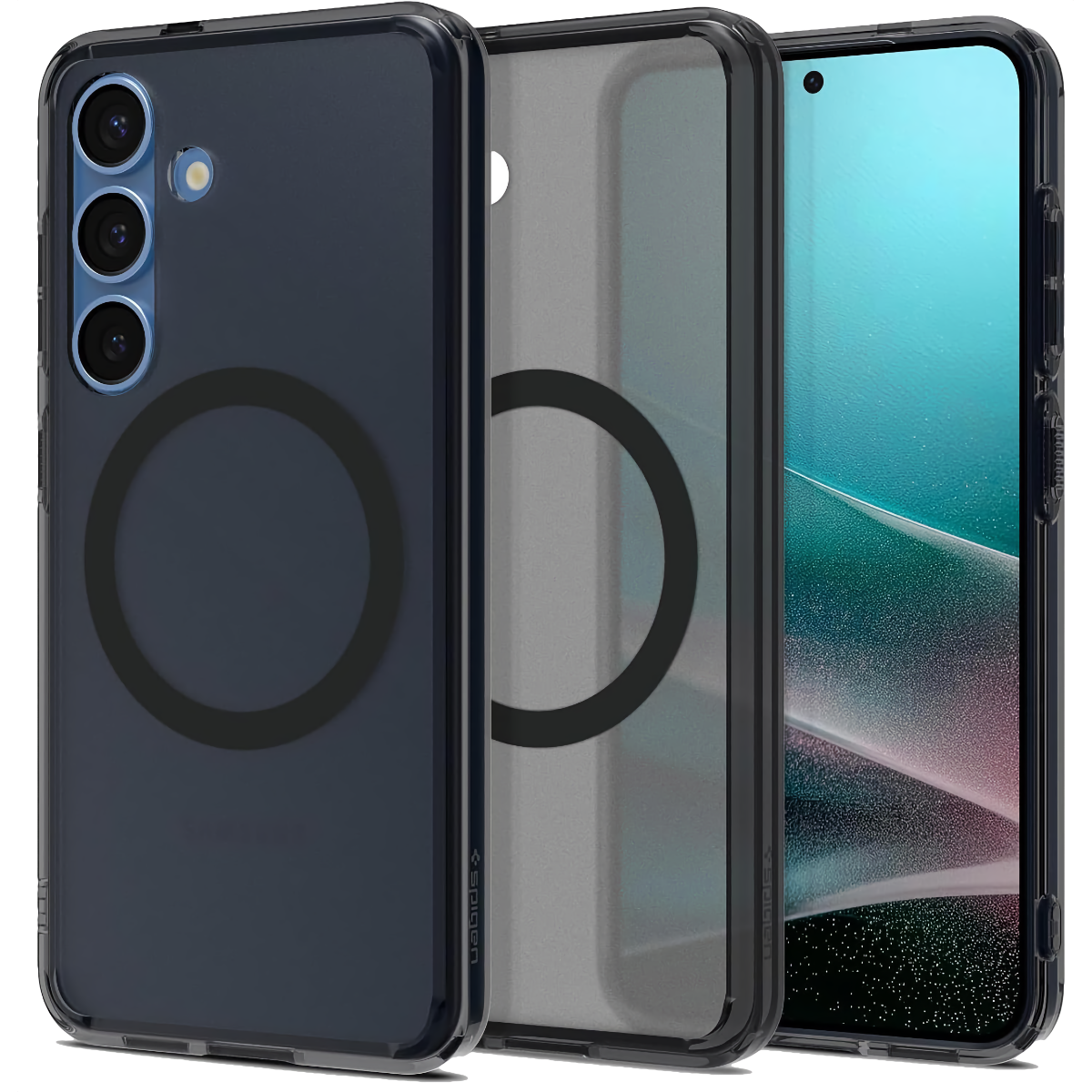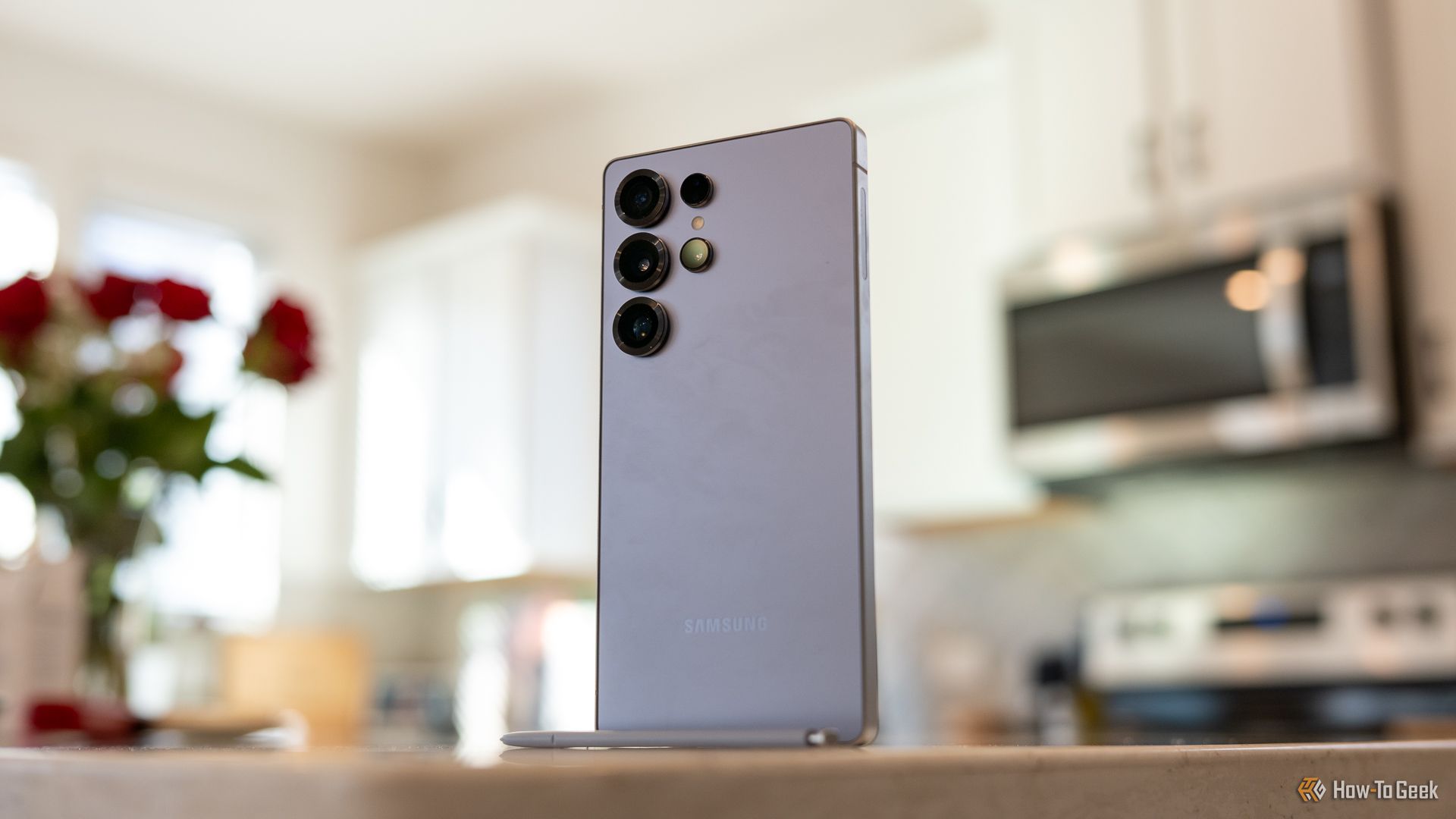The announcement of the Qi2 wireless charging standard got many Android fans excited about the prospect of MagSafe-like magnets being built into phones. Well, that hasn’t quite turned out like we thought.
The Original Promise of Qi2
Qi2 was released in 2023 as the first major update to the Qi standard since its initial launch all the way back in 2008. There were two main upgrades included with Qi2. First, it supports up to 15w of power, which is three times more than the original.
The second upgrade is called Magnetic Power Profile (MPP), and it’s essentially what most people have come to understand as “MagSafe” on iPhones. Magnets are embedded in the back of the device for wireless charging alignment and a plethora of other accessories.
Late last year, the Wireless Power Consortium clarified that the Qi2 standard includes MPP. Devices that met the other Qi2 requirements but did not have magnets would still be branded as the old “Qi,” not “Qi2.” Simply put, they said if a device is labeled “Qi2,” it must have magnets. Things have changed since then.
“Qi2 Ready”
At CES 2025 in January, the Wireless Power Consortium announced Qi 2.1, an update to Qi2. This update completely walks back the WPC’s previous requirements for magnets. Now, with Qi 2.1, a device can be labeled as “Qi2 Ready” without built-in magnets.
Qi 2.1 allows for “approved combinations” of devices to support the Qi2 standard. So, a phone can support the Qi2 power requirements but hand off the magnets to a case and still use the “Qi2” label. That’s exactly what happened with the Galaxy S25 series.
The Galaxy S25 series met Qi2’s 15w wireless charging requirement–Samsung already has for years–but it relies on “Qi2 certified” cases, like this one from Spigen, for the magnetic component. Qi2.1 allowed Samsung to support the new standard without really changing its phone designs at all.

Spigen Ultra Hybrid MagFit Designed for Galaxy S25 Case
Good News/Bad News
There’s an obvious downside to all of this, but there are some positives as well. It’s disappointing that you may need to spend even more money on top of an already expensive device to get a feature that was originally promised as part of Qi2. Clearly, Qi 2.1 is advantageous to smartphone manufacturers–it’s the easy way out.
The one glimmer of a positive is some standardization to the Wild West of Android phone cases. I’ve been using MagSafe-compatible cases on my Android phones for years, and I’ve regularly stumbled upon models with complaints from reviewers about charging alignment. The “Qi2 Ready” label should make it much easier to find magnetic cases that are guaranteed to work well.
While it’s likely we’ll see many Android phone makers opt for this easier “Qi2 Ready” approach, there will inevitably be devices that include the magnets as a selling point. And for those that don’t, many of us slap cases on our phones as soon as we unbox them anyway.





